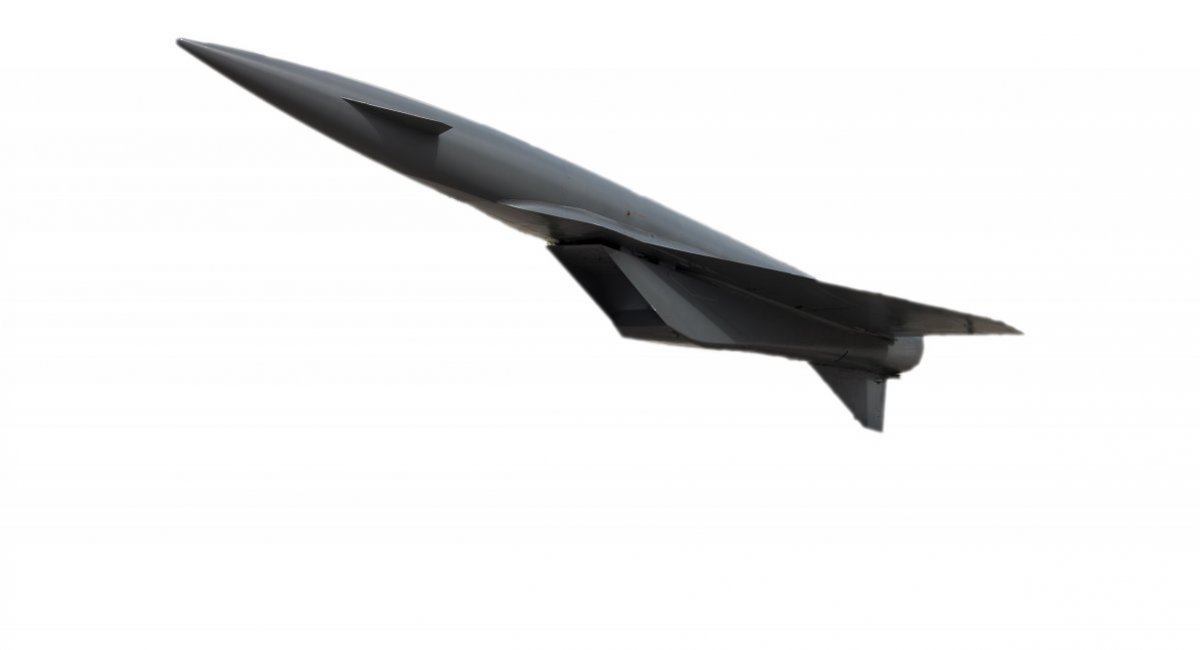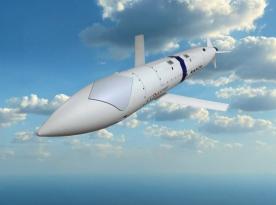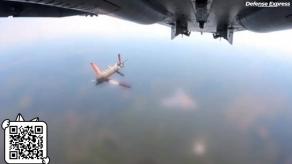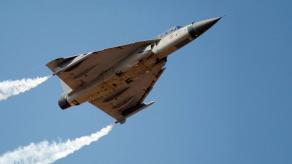Previously, speaking of the Kh-90 hypersonic missile, Defense Express mentioned the strategic missile project called 3M-25 Meteorit, also known as P-750 or Grom. Unlike the abandoned Kh-90, the Meteorit missile actually took off for test flights and became practically the last of the Soviet Union's advanced weapon projects.
The history of this missile's development starts in 1976 when engineers were tasked with creating a versatile long-range missile with an attack range of 5,000 km. It was supposed to be carried and launched by nuclear submarines, strategic bombers, and land-based platforms, the project was entrusted to the then Central Design Bureau of Machine Manufacturing (former OKB-52), which is known nowadays as NPO Mashinostroyeniya.
Read more: About russia's Efforts and Prospects of Reviving the Kh-90 Hypersonic Missile with a 3,000 km Range
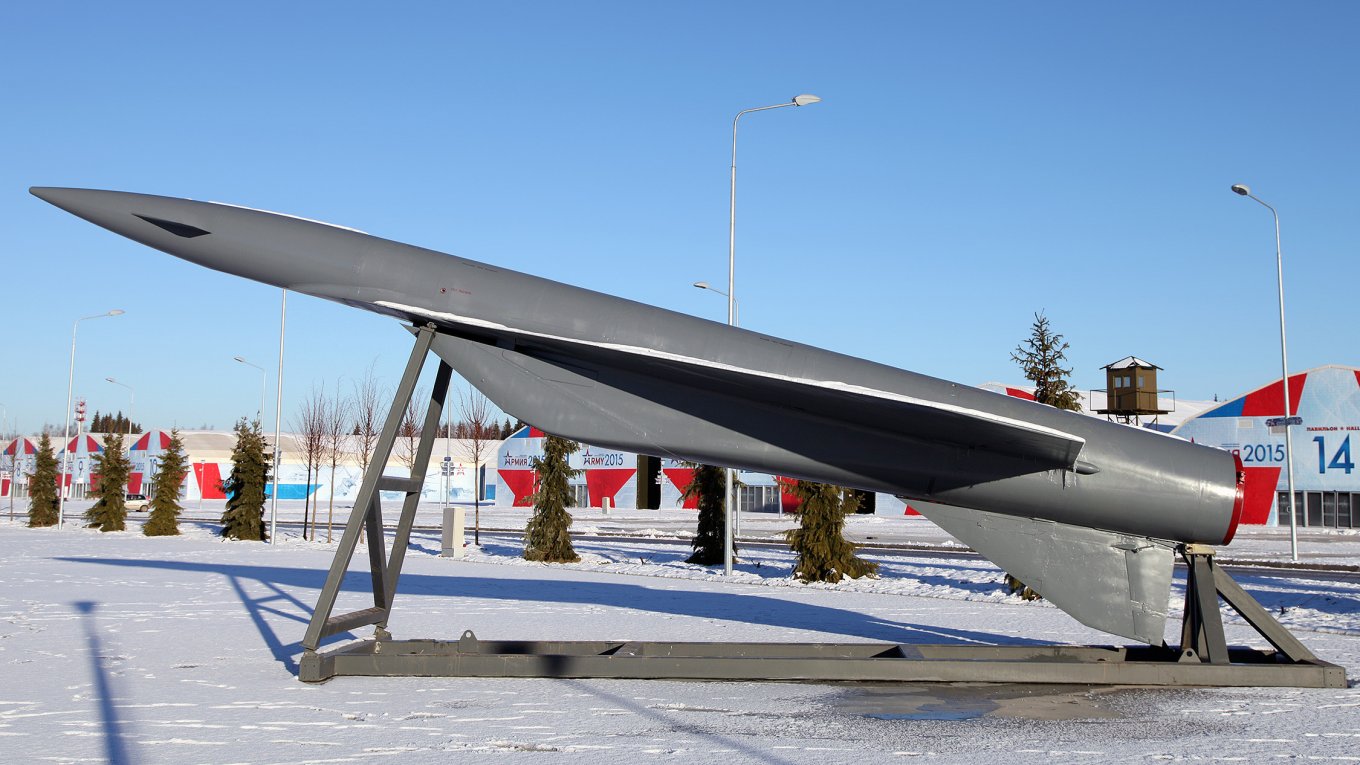
The missile would breach enemy air defenses with a rather interesting combination of high-speed high-altitude flight with low-visibility technologies. The missile was expected to accelerate to 3500 km/h and travel at an altitude of 22–24 km.
The works were facing the same direction that OKB-52 had already paved when creating P-35 and P-500 Basalt anti-ship missiles. It was a large missile with a launch weight of 12,650 kg, half of that number accounted for the massive booster, and 1,000 kg was the warhead; the weapon was 13 meters in length and 5 meters in wingspan.
The reason for the P-750 "Meteorit" to have such an enormous booster, which itself weighed 6,270 kg, is very simple. It had to raise and accelerate the missile not just from "zero," but from the depth of -40 meters as well, since one of the designed options for the missile was to be launched from submarines. In fact, the role of Meteorit's booster was enacted by a separate rocket with liquid-fuel engines that ran on toxic UDMH (known in the USSR as "heptyl") and rotating nozzles.
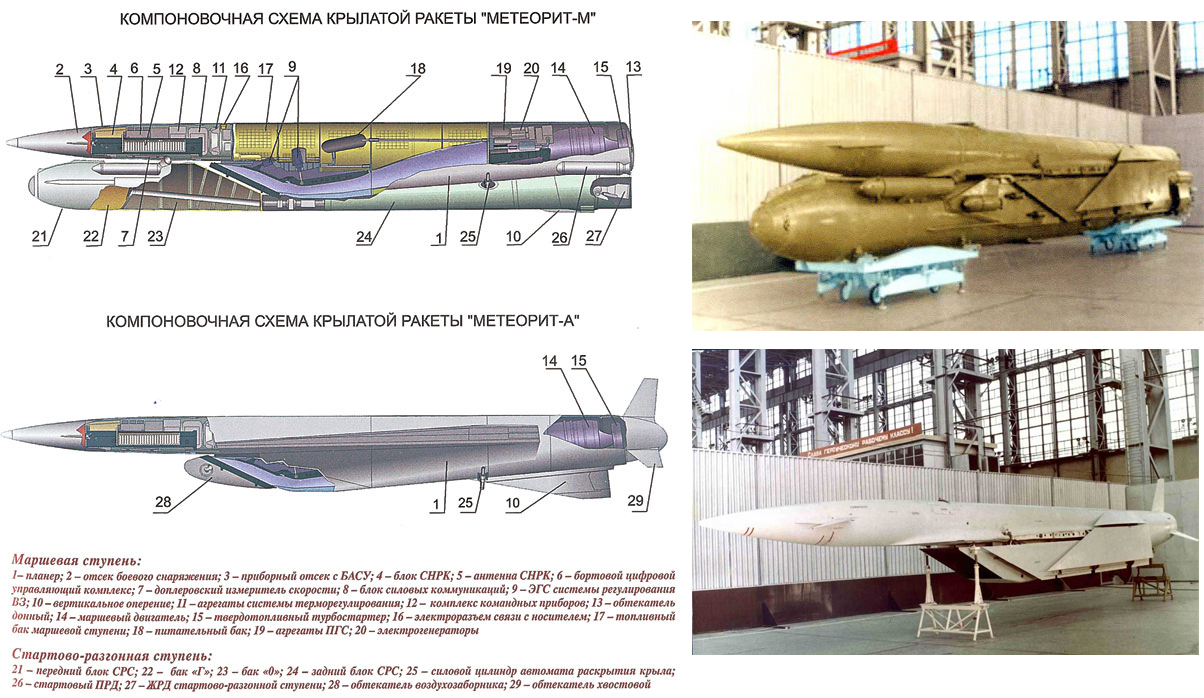
This booster worked for 32 seconds and was supposed to accelerate the P-750 straight up to supersonic speed, but it turned out that it could jeopardize the missile itself during separation. Therefore, the specially created KR-23 turbojet cruise engine was adapted for multi-mode operation — from subsonic to Mach 3. Considering the range that the P-750 Meteorit had to overcome, the volume of fuel tanks was 2,800 liters.
At the same time, all these complications with the booster were necessary only for underwater and land-based launches. From an aircraft, specifically from a Tu-95MA as intended, it could launch with a conventional solid-fuel booster in the tail. But judging by the available photo, it might not have been there.
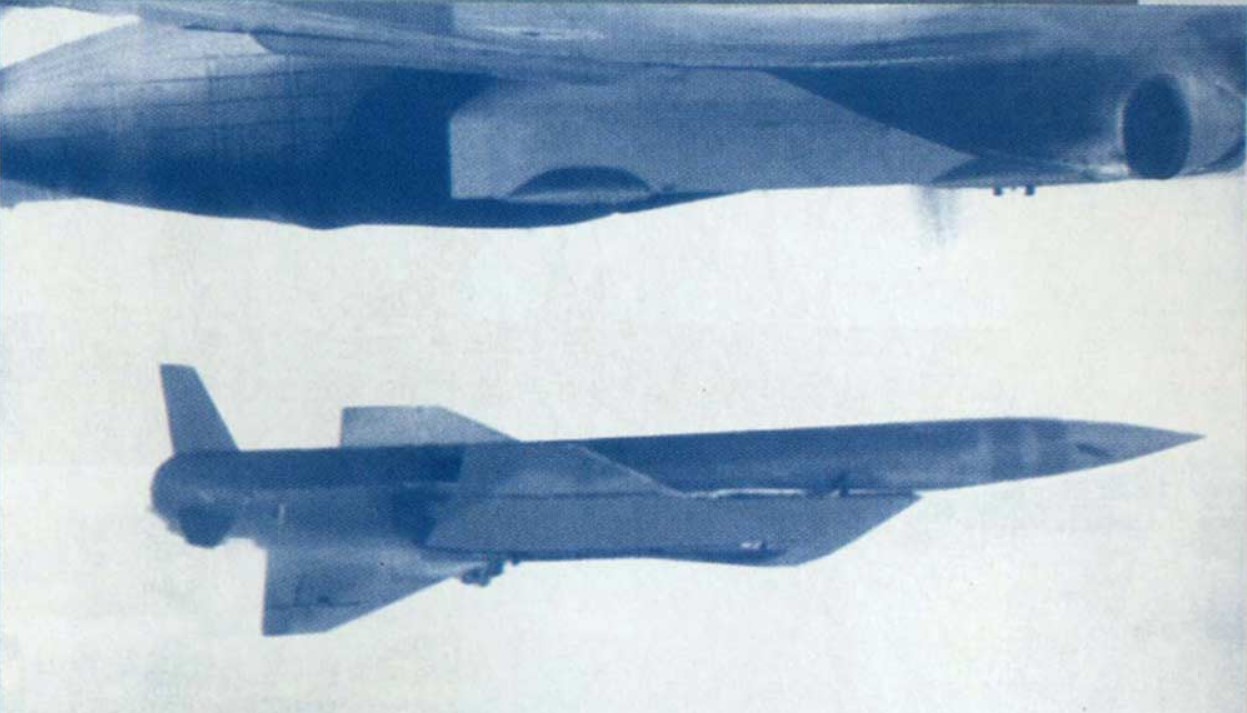
But when it came to the underwater launch, everything immediately went wrong. It turned out that installing the P-750 Meteorit in a submarine of Project 949 Antey (the most famous representative is named Kursk) won't work. The P-750 Meteorit was significantly larger than the standard P-700 Granit missile, and on top of that, it required additional pre-launch preparation systems.
Ultimately, the USSR decided to completely reconfigure and convert the K-420, one of Project 667 Navaga submarines for this purpose. Special launchers for the new missile were created for this submarine; they were installed in place of vertical launch tubes for intercontinental missiles. To make it possible, the hull needed to be increased in width.
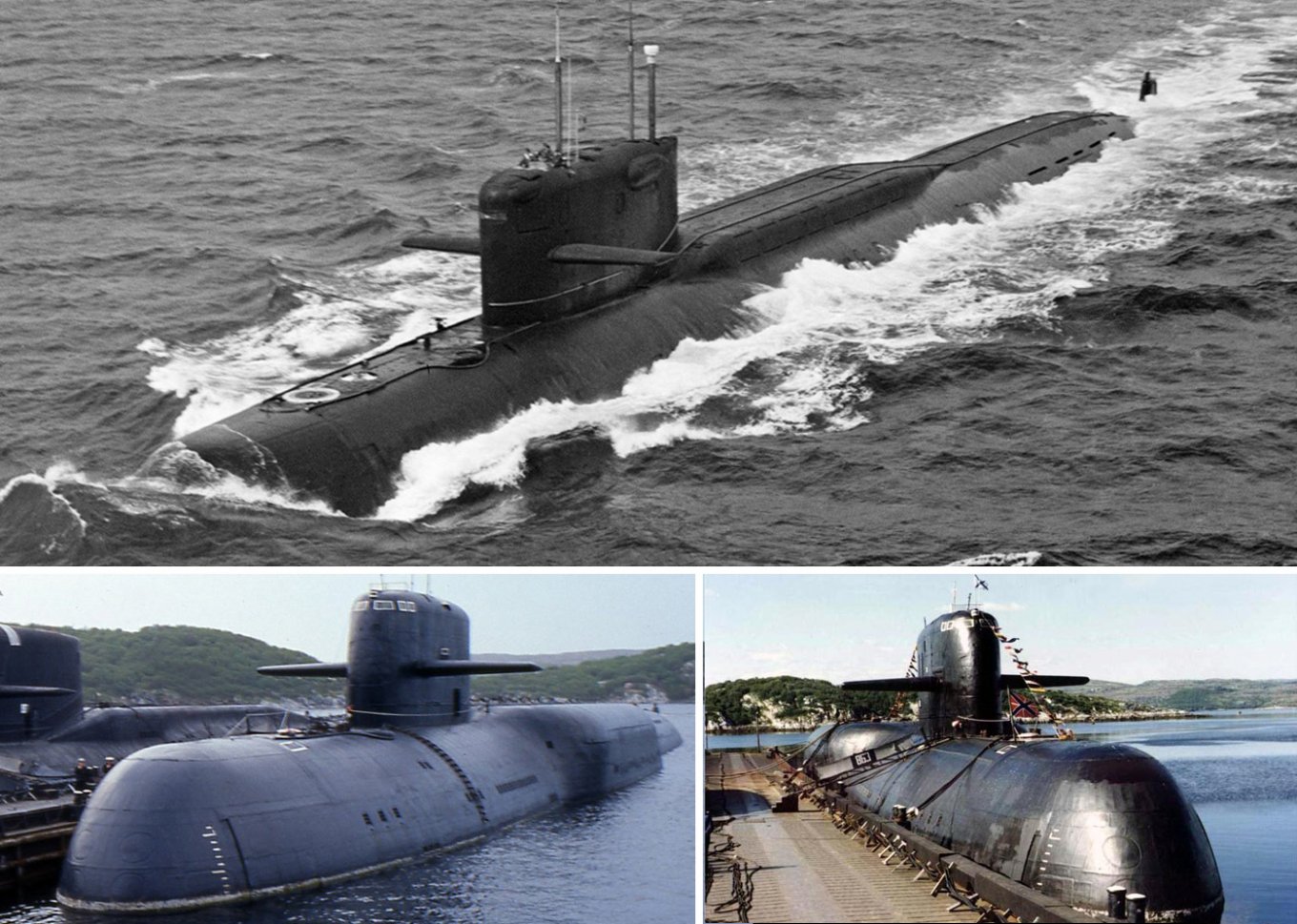
The work went really fast, the first launch was made on May 20, 1980, but this one and the next three were unsuccessful. Only on December 16, 1981, the missile made its first full flight, having covered 50 km.
But the process following right after showed that the USSR was no longer able to pull off projects of such complexity. Because for the P-750 Meteorit a "wet" underwater launch was practiced for the first time. A new SNRK Kadr guidance system was being created, which is conceptually similar to DSMAC, but takes radar pictures instead of optical ones.
And to overcome air defense, three solutions were developed at once. The P-750 Meteorit was designed to have its own EW system to create active interference with enemy radars. It also dragged false targets on a 100-meter cable while cruising at a speed of Mach 3.
The main element, however, was the system capable of reducing the missile's radar visibility. The effect would be achieved by a "plasma gun" that created a cloud of ionized gas near the intakes. This was not a Soviet novelty but a solution that the USA tried to install in the Lockheed A-12 (predecessor of the SR-71 Blackbird) in the 1960s.
Taking into account that the intake is the most revealing part of a jet aircraft, the Soviets declared that visibility in the front hemisphere was reduced by as much as 70-80%. At the same time, the missile employed smooth contours and radar-absorbent materials.
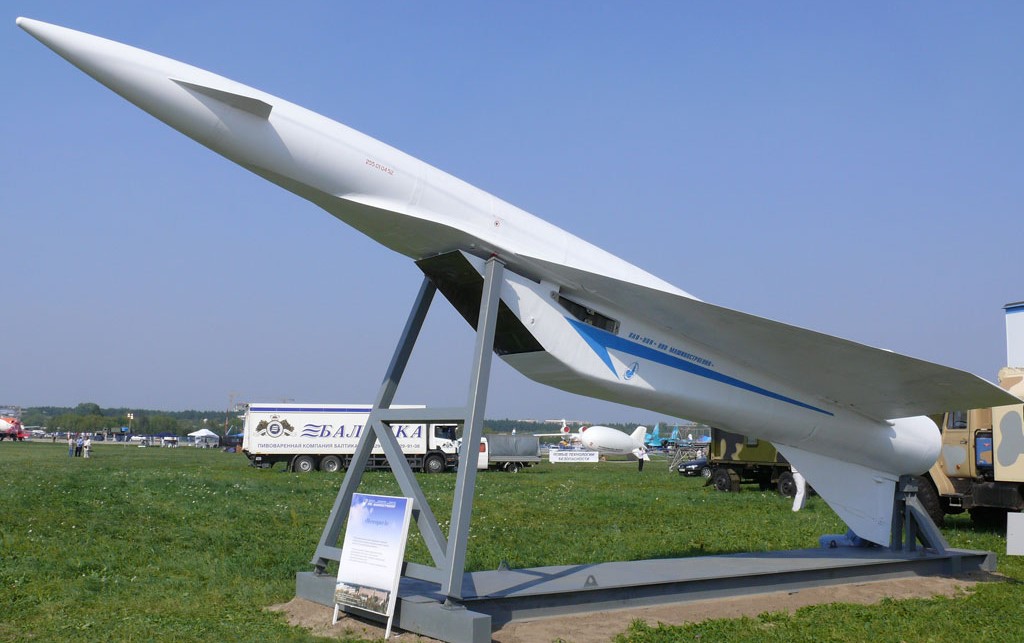
As a result, everything failed at once. The first air launches from the Tu-95MA carried out in 1983–1984 showed that the P-750 Meteorit constantly deviates from the course. And when the missile was taught to fly along the route, the counter-air-defense methods, including the plasma generator, proved helpless as the P-750 was intercepted by an S-200 which at that time was already considered archaic.
In total, by 1987, more than 30 launches were carried out from the stands, only two from the submarine and 20 from Tu-95MS aircraft. In 1988, only the naval version of the P-750 Meteorit approached the beginning of state-run performance tests. Four bench launches and three more from the K-420 submarine were done. In general, only about half of them were successful at all stages. Although, by that time, the USSR was already starting to collapse, and the economy was no longer able to support a project of such scale.
Against this background, in 1989, Moscow decided to close the P-750 Meteorit program, which by the time had lasted for 13 years. In the end, it was a logical decision because the missile could not fulfill its primary task of breaking through air defenses, and also needed specially equipped submarines. The only air-launched strategic missile remaining in the USSR was the Kh-55, while ships and underground silos could deploy the S-10 Granat, its variations are now known as ship-launched Kalibr and P-500 for land-based Iskander SRBM.
Read more: How Soviets Discovered Nazi Silbervogel Hypersonic Aircraft Project and Tried to Make a Copy



